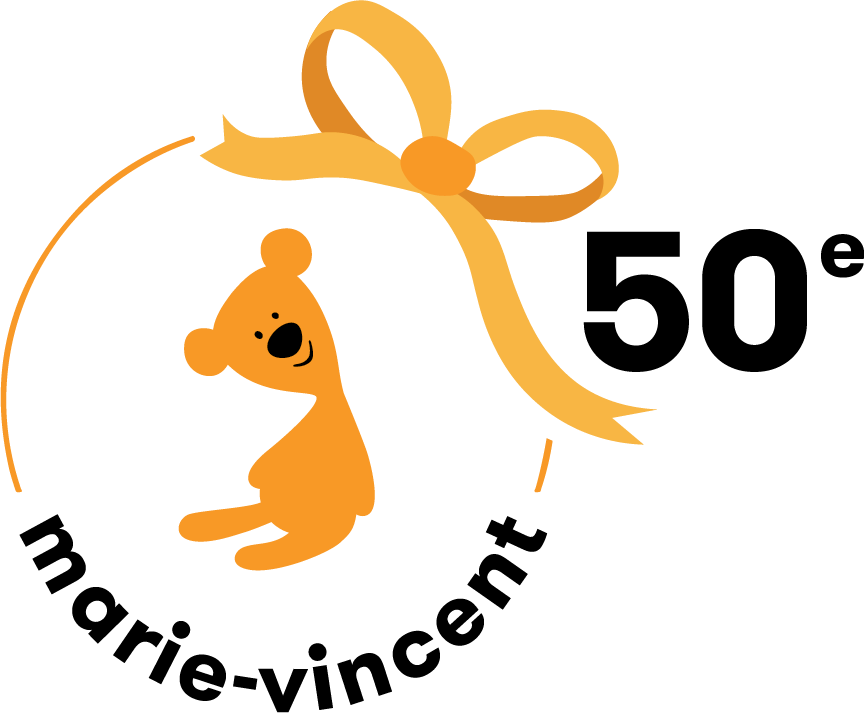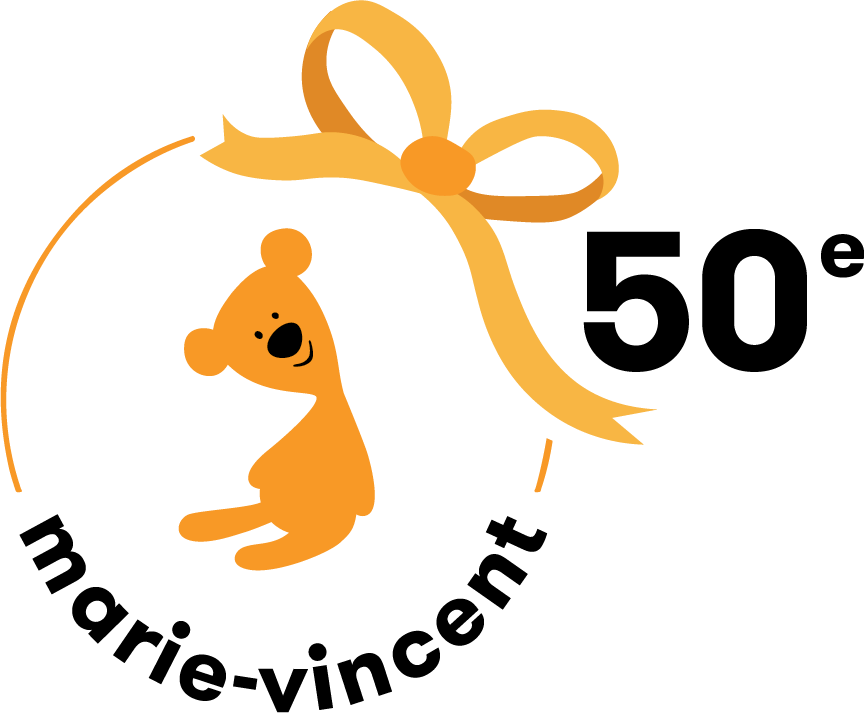Education about healthy sexuality
Use the right words A child’s sexual education can begin very early. First, by using the right words to identify sexual body parts. Using words like “weewee” or “tushie” only demonstrates your discomfort in talking about sexuality. The correct vocabulary also helps kids to properly express themselves and to be well understood by others, especially if they are experiencing a problematic situation in relation to sexuality. Sex education must be part of a child’s overall learning, and can be done throughout their development, using age-appropriate content and vocabulary.
Answer children’s questions
It is also important to answer children’s questions well. Sexuality inspires a lot of curiosity and many questions. Children want to explore, understand and learn. Where do babies come from? Why do girls have a vulva and boys have a penis? When children start to ask these questions, it’s an opportunity to address the subject with them, while considering their age and developmental stage. Addressing sexuality with your child allows you to create a sense of trust with them. These discussions and this sense of trust should last throughout their childhood and adolescence.
Interpersonal boundaries
Notions of “good” touch, “bad” touch and “confusing” touch, and of good and bad secrets, can also be addressed with your child. This can help your child better identify and understand interpersonal boundaries. As such, your child will more easily understand that when a situation makes them uncomfortable, they need to talk about it with a trusted adult and ask for help. This is why it’s important, early on, to create an open, trusting, conversational atmosphere surrounding sexuality.
Allowing children to insist that their interpersonal boundaries be respected also means letting them refuse a hug or a kiss, even when it’s from grandma. Children need to understand that they have the right to insist that people respect their personal space while remaining respectful toward others. This is a good way to do preventive work.
Healthy, egalitarian relationships
Sexual violence prevention inevitably comes through education about healthy, egalitarian relationships between girls and boys. The winning solution includes helping young people become more aware and conscious of the effects their behaviour and actions can have on society.
Fighting stereotypes
From a very young age, children are influenced by the stereotypes they learn through books, toys, the media and the adults around them. They try to imitate in order to match what they see and what they know. Hypersexualized models, behaviours and attitudes for girls, and models of virility and dominance for boys, lead children to adopt risky behaviour and engage in harmful power-based relationships. As well, these unrealistic models of very thin girls and muscular boys, and the pressure they put on children, can affect children’s self-esteem. Education about healthy, egalitarian relationships includes fighting sexual and sexist stereotypes, as well as deconstructing them.





